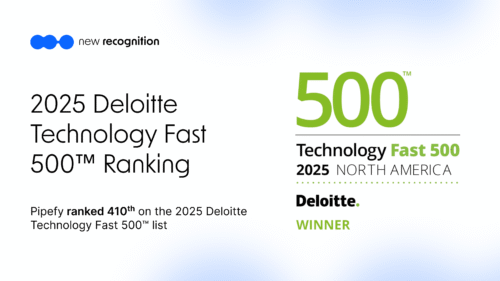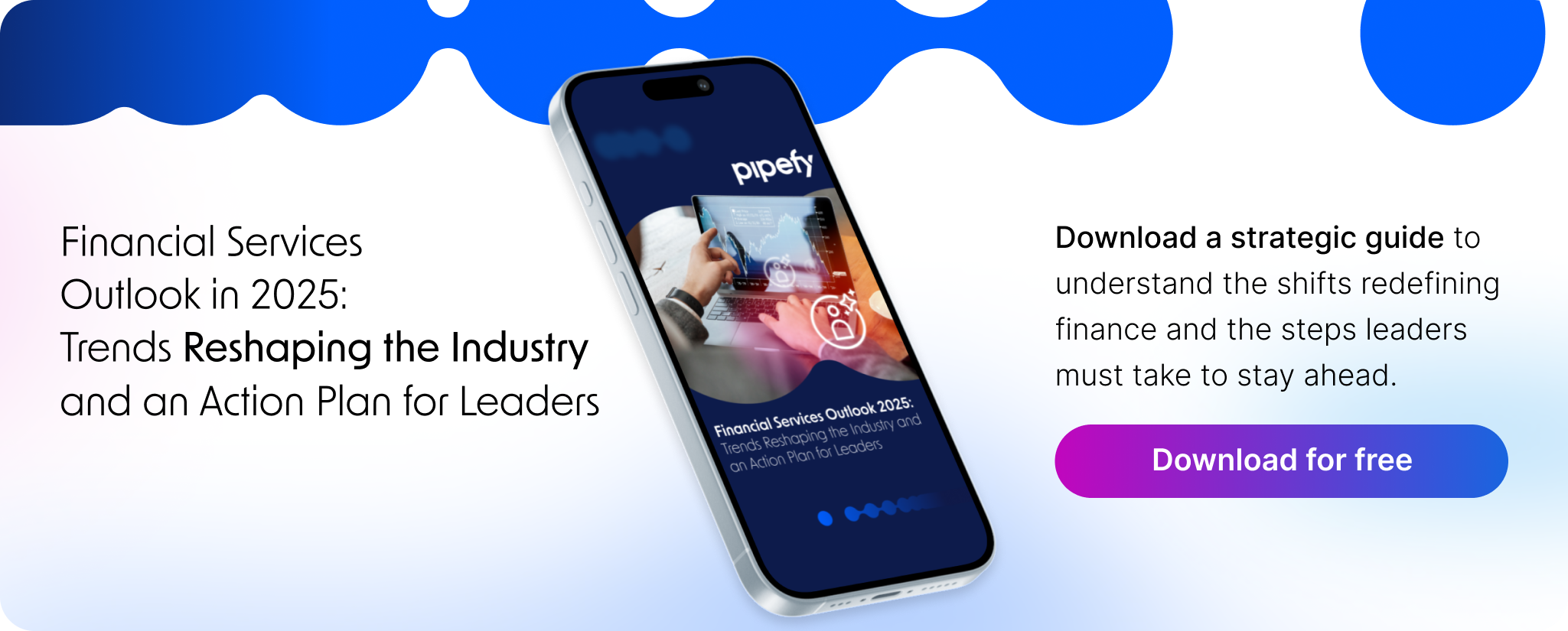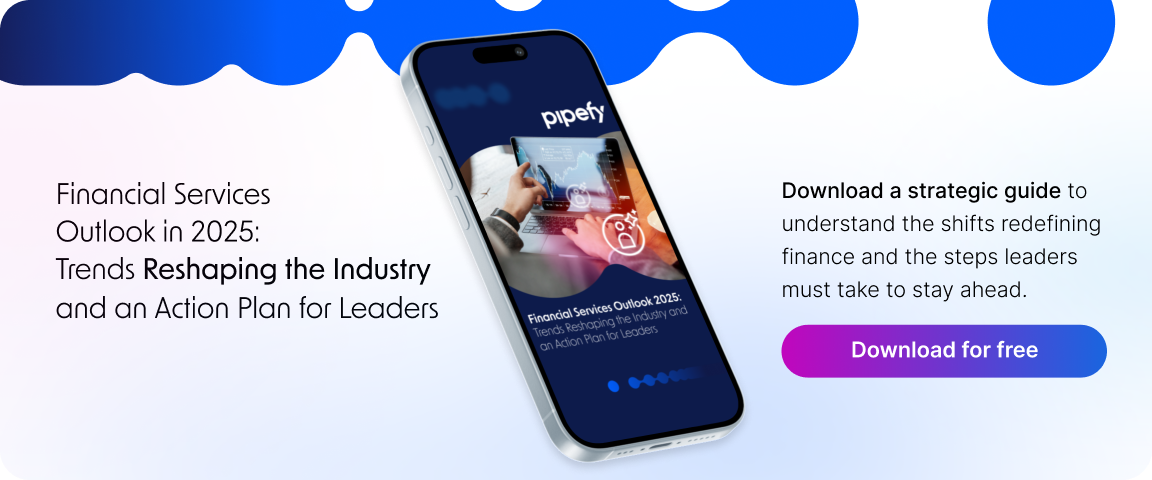ARTICLE SUMMARY
Discover how workflow and case management outperform traditional BPM by combining structure, flexibility, and intelligent decision-making for digital transformation.

In recent years, organizations have faced an increasing need to manage complex operations while ensuring agility and compliance. The debate between workflow and case management versus traditional Business Process Management (BPM) has become critical for executives aiming to modernize operations.
Traditional models often rely on rigid flows, while workflow and case management introduce flexibility and contextual decision-making. As companies accelerate digital transformation, understanding these differences is no longer optional; it is essential for leaders in IT, operations, and finance to make informed technology investments.
In this article, we will explore the foundations of traditional BPM, the distinctive features of workflow and case management, their key differences, the role of process mining and automation, challenges and success metrics, as well as how Pipefy enables organizations to embrace both approaches effectively.
What Defines Traditional Business Process Management?
Business Process Management (BPM) emerged as a structured discipline to improve efficiency and standardize activities across organizations. Its foundation lies in predefined workflows, detailed rules, and repeatable sequences. The approach is well-suited for functions where compliance and predictability matter most, such as invoice approvals or payroll operations.
In traditional BPM:
- Workflows are linear and prescriptive
- Tasks are clearly defined with limited room for deviation
- Metrics typically focus on cycle time, error reduction, and cost savings
For example, in an accounts payable process, each invoice follows the same set of steps from validation to approval. This rigidity provides clarity but struggles to adapt when exceptions arise, such as handling disputed invoices or cross-border tax rules.

How Do Workflow and Case Management Differ?
Workflow and case management emphasizes flexibility and context over rigidity. Rather than forcing every process into a strict linear model, it manages “cases,” which represent real-world scenarios where decision paths may vary.
Key characteristics of workflow and case management include:
- Dynamic sequencing: Steps may change depending on the case
- Human judgment integration: Decisions rely on context and expertise
- Data-driven adaptability: Systems integrate with analytics to adjust in real time
Unlike traditional BPM, workflow and case management is designed to manage exceptions as the norm, not as rare disruptions. This makes it highly suitable for industries such as financial services, insurance, and consumer goods, where every customer or claim may present unique variables.
Sample Scenario
Let’s consider a practical example: a global insurance company adopts Pipefy to manage claims. Instead of enforcing a single claims workflow, cases adapt based on policy type, fraud risk indicators, and regional regulations. This flexibility enhances compliance and customer experience simultaneously.
Comparing BPM and Workflow and Case Management
To better understand the distinctions, consider the following comparison:
| Aspect | Traditional BPM | Workflow and Case Management |
| Structure | Linear, rule-based | Dynamic, adaptive |
| Focus | Efficiency and compliance | Flexibility and context |
| Exception handling | Treated as disruption | Integrated as part of the process |
| Decision-making | Automated, limited judgment | Hybrid: automation + human judgment |
| Best suited for | Standardized operations | Complex, variable operations |
This comparison highlights why many enterprises adopt a hybrid strategy, combining the predictability of BPM with the adaptability of workflow and case management.
Where Does Process Mining Fit in This Debate?
Process Mining has emerged as a bridge between traditional BPM and modern workflow strategies. By analyzing event logs from enterprise systems, process mining uncovers inefficiencies and deviations. Executives use it to identify where rigid processes fail and where adaptive case management would add value.For example, in the Deloitte Global Process Mining Survey 2025, 25% of companies already use AI in conjunction with process mining, and 74% plan to include AI in future initiatives, a sign that organizations expect more advanced, intelligent automation use cases as they scale process analysis.

How Do Automation Tools Enhance Both Approaches?
The rise of automation tools has transformed both BPM and workflow and case management. Robotic Process Automation (RPA) aligns naturally with BPM for high-volume, rule-based tasks. Meanwhile, AI-driven tools enhance case management by supporting decision-making workflows.
Modern platforms like Pipefy offer low-code/no-code capabilities to balance structure and flexibility. Leaders gain autonomy to design workflows that integrate compliance checks while leaving room for adaptive decision-making. This ensures governance without sacrificing agility.
With Pipefy, companies can create workflows up to four times faster with its intuitive interface and AI-assisted modeling, while reducing costs and ensuring full security compliance.
Automation tools also enable:
- Real-time integration with ERP and CRM systems
- Configurable approval flows for compliance-heavy industries
- AI-powered insights to recommend next steps in complex cases
Why Are Decision-Making Workflows Essential?
Decision-making workflows go beyond task execution, enabling leaders to embed intelligence into operations. While BPM systems ensure tasks happen in the right order, they often lack contextual awareness. Workflow and case management, supported by decision-driven models, ensures decisions reflect the nuances of each case.
Imagine a consumer goods company processing supplier contracts. With Pipefy, the system analyzes supplier risk profiles, payment histories, and market conditions. Instead of following one rigid approval flow, the decision-making workflow adapts based on context, accelerating approvals while mitigating risk.
Such adaptability strengthens governance without creating unnecessary delays.
Challenges in Implementing Workflow and Case Management
While the benefits are clear, organizations may face some challenges:
- Integration complexity: Connecting legacy systems requires careful planning
- Cultural resistance: Teams accustomed to strict workflows may struggle with adaptive models
- Compliance concerns: Regulators may expect structured reporting that case management systems must replicate
- Skill gaps: Analysts and managers must develop comfort with flexible decision frameworks
Leaders must balance innovation with risk management, ensuring transitions don’t disrupt compliance or auditability.
Read more: How Pipefy Guides AI Agents to What Really Matters: Workflows
Key Metrics to Measure Success
To evaluate whether BPM or workflow and case management deliver the desired results, organizations should monitor:
- Cycle time per process or case
- Percentage of exceptions resolved within SLA
- Compliance audit success rate
- Employee satisfaction with workflow tools
- Customer satisfaction and NPS linked to case resolution
Measuring both efficiency and adaptability ensures organizations avoid over-optimizing for one dimension at the expense of the other.
Future Trends in Workflow and Case Management
The future of workflow and case management will likely evolve in three directions:
- AI-driven case evaluation: Predictive analytics will recommend actions before issues escalate
- Hyperautomation ecosystems: Combining RPA, AI, and Process Mining to orchestrate both structured and unstructured workflows
- Regulatory-friendly adaptability: Systems will generate compliance-ready audit trails even in flexible workflows
According to Gartner’s Hype Cycle for Enterprise Process Automation 2025, by 2029, 80% of enterprises with mature automation practices are expected to use consolidated platforms that orchestrate both business processes and agentic automation, a shift that underscores the need for tools supporting both structure and adaptability.
Read more: [Free Report] AI Trends in Process Automation: Everything You Need to Know
How Pipefy Supports Workflow and Case Management
Pipefy acts as an AI enabler for organizations seeking to unify structure and adaptability. Its low-code/no-code platform empowers business and IT leaders to design workflows that align with compliance needs while accommodating unique case contexts. With integrated AI Agents, executives can automate repetitive tasks, enable real-time decision-making, and ensure governance without limiting innovation.
Pipefy highlights measurable results from its customers, such as 75% reduction in lead time, 150% ROI, and low-code/no-code workflows created by non-technical users in less than three weeks. These capabilities illustrate how organizations can accelerate digital transformation while maintaining control and compliance.
Whether streamlining credit approvals in financial services, accelerating claims in insurance, or orchestrating HR workflows in consumer goods, Pipefy provides the control and agility enterprises require.
Click the button below to book a demo and find out how Pipefy can help your company combine discipline with adaptability in workflow and case management:










